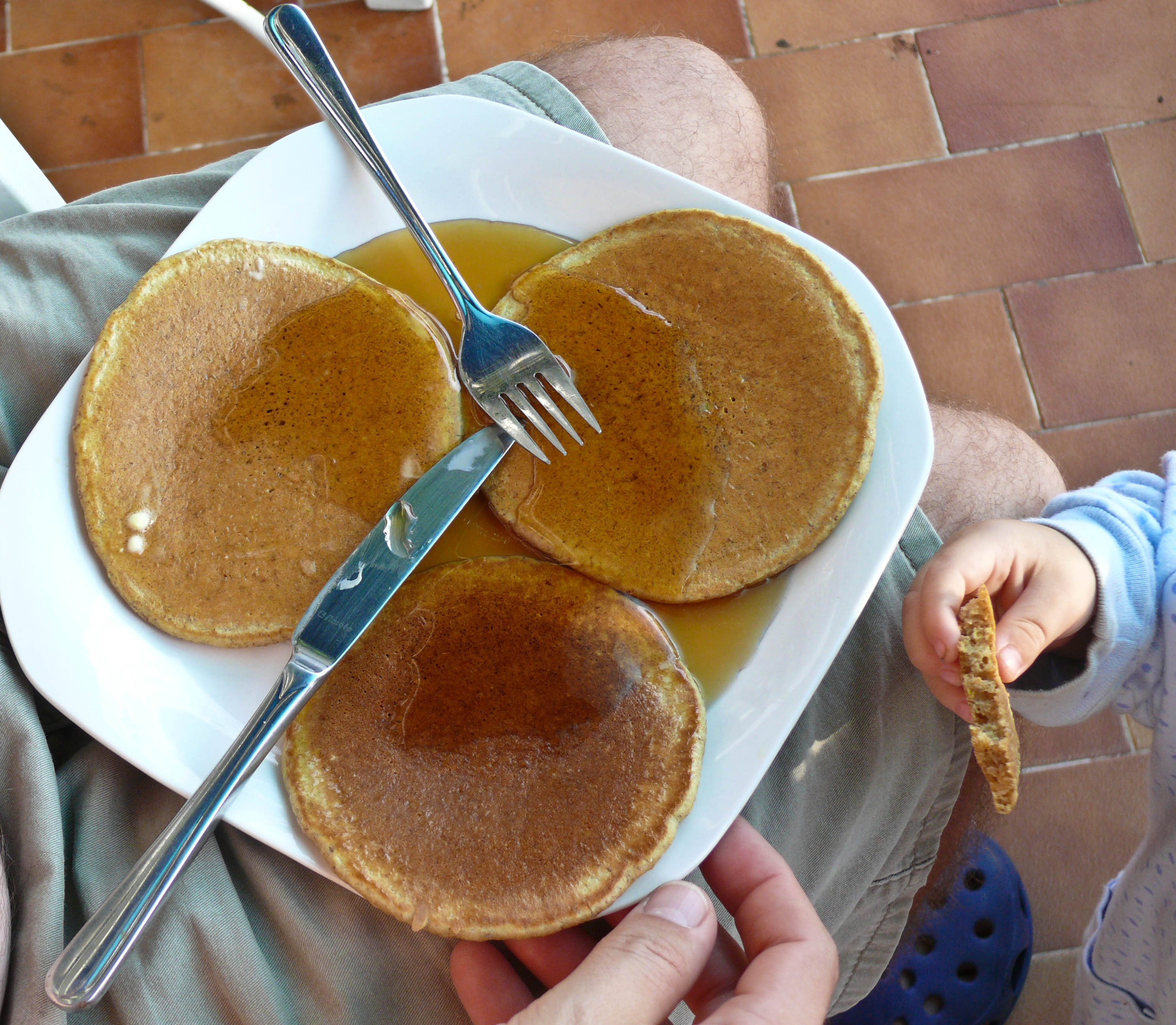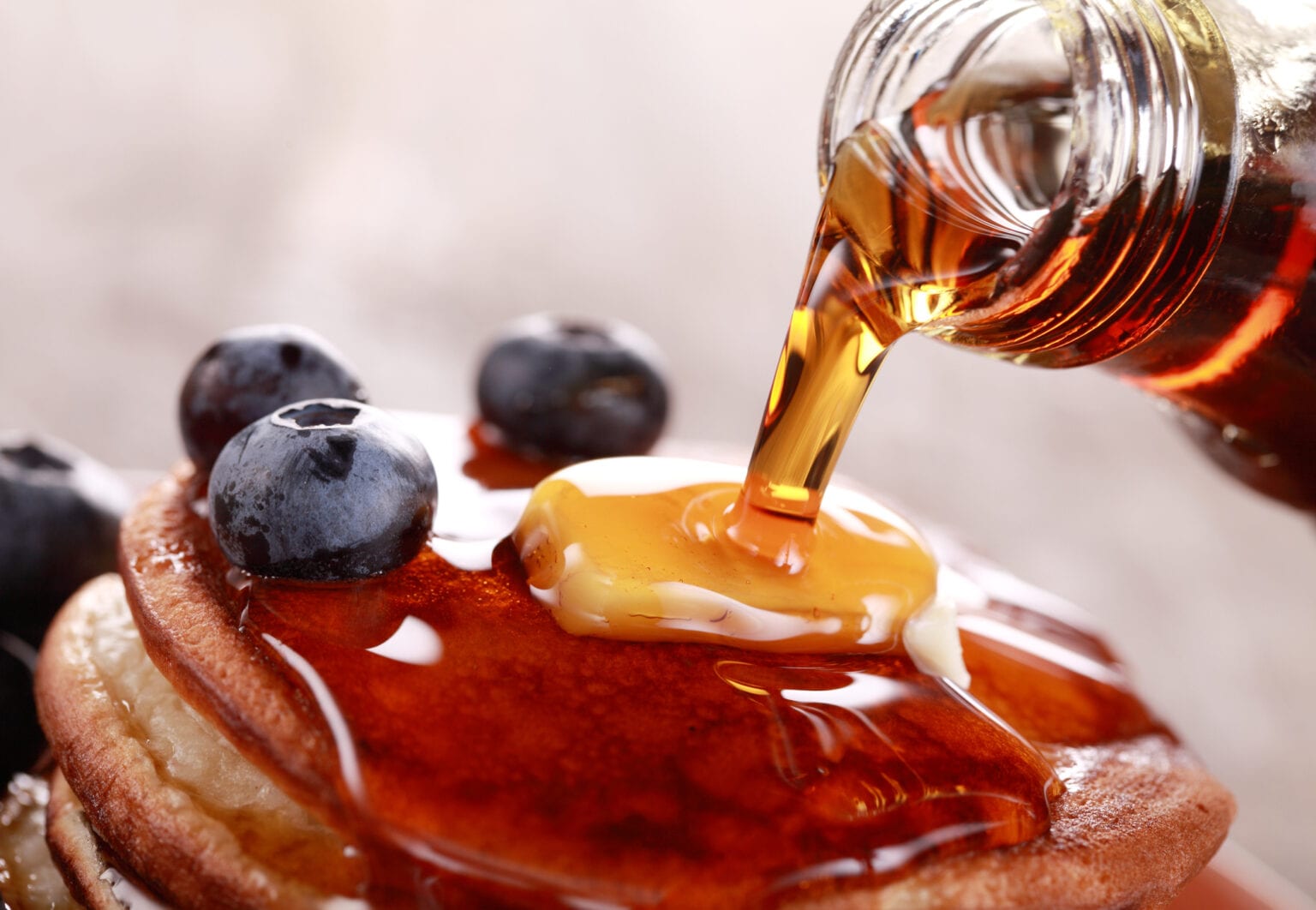Syrup in spanish language – Jarabe, the Spanish word for syrup, is a versatile ingredient that has played a pivotal role in the culinary, medicinal, and cultural tapestry of Spanish-speaking countries. Its unique flavor and texture have made it an indispensable element in both sweet and savory dishes, while its medicinal properties have earned it a place in traditional remedies.
From its humble origins as a simple sweetener to its present-day status as a gourmet delicacy, the journey of jarabe has been marked by innovation and cultural exchange. Join us as we explore the fascinating world of jarabe, its diverse uses, and its enduring legacy in the Spanish-speaking world.
Define Jarabe (Syrup)

In Spanish, “jarabe” refers to a sweet, viscous liquid made from the boiling of sugar or other sweeteners in water or other liquids. It is often used as a topping for desserts, pancakes, or waffles, or as a sweetener for beverages.
Synonyms or related terms for “jarabe” include:
- almíbar (sugar syrup)
- miel (honey)
- melaza (molasses)
- jarabe de maíz (corn syrup)
- jarabe de arce (maple syrup)
There are many different types of syrups, including:
- Fruit syrupsare made by boiling fruit juice or puree with sugar. They are often used as toppings for desserts or as flavorings for beverages.
- Medicinal syrupsare made by adding medicinal ingredients to a sugar syrup. They are often used to treat coughs, colds, and other ailments.
- Sugar syrupsare made by boiling sugar in water. They are often used as a sweetener for beverages or as a glaze for desserts.
Uses of Jarabe

Jarabe, also known as syrup, has a wide range of culinary, medicinal, and industrial applications.
Culinary Uses, Syrup in spanish language
In the culinary world, syrup is a popular sweetener and flavoring agent. It is commonly used in desserts, such as pancakes, waffles, and ice cream. Syrup also adds a touch of sweetness to beverages like coffee, tea, and cocktails. Additionally, it can be used as a glaze or marinade for meats and vegetables, enhancing their flavor and appearance.
Medicinal Uses
Syrup has been traditionally used for medicinal purposes, particularly for treating coughs and sore throats. The soothing properties of syrup can help alleviate irritation and discomfort in the respiratory tract. It is also effective in reducing inflammation and pain associated with these ailments.
Furthermore, syrup can act as an expectorant, helping to loosen and expel mucus from the lungs.
Industrial Uses
Beyond its culinary and medicinal applications, syrup is also utilized in various industrial processes. In the manufacturing industry, syrup is used as an adhesive or binder in products such as paper, textiles, and pharmaceuticals. It also serves as a packaging material, providing protection and preservation for food and other items.
Additionally, syrup is employed in the production of biofuels and other renewable energy sources.
Production of Jarabe
The production of jarabe, or syrup, involves several steps and techniques. The process typically begins with sourcing high-quality ingredients, including fruits, sugar, and sometimes additional flavorings or spices.
Once the ingredients are gathered, they are mixed together in a large pot or container. The mixture is then heated over medium heat, stirring constantly to prevent burning. As the mixture heats, the sugar dissolves and the liquid thickens. The syrup can be cooked to different consistencies, depending on the desired outcome.
Boiling
Boiling is the most common method of making syrup. In this method, the mixture is brought to a boil and then simmered for a period of time. The boiling process helps to evaporate excess water and concentrate the flavors of the ingredients.
Simmering
Simmering is a gentler method of cooking syrup. In this method, the mixture is heated to just below boiling and then simmered for a longer period of time. Simmering helps to develop the flavors of the ingredients without evaporating too much water.
Reducing
Reducing is a method of cooking syrup that involves simmering the mixture until it has thickened and reduced in volume. This method is often used to make thicker syrups, such as caramel or molasses.
Equipment and Techniques
The production of jarabe requires specialized equipment and techniques. A large pot or container is necessary for mixing and heating the ingredients. A thermometer is also useful for monitoring the temperature of the syrup and ensuring that it reaches the desired consistency.
The use of a double boiler is recommended when making syrup to prevent burning. A double boiler consists of two pots, one that fits inside the other. The bottom pot is filled with water, and the top pot is placed inside the bottom pot.
The ingredients are placed in the top pot, and the water in the bottom pot is heated. This method of cooking helps to distribute the heat evenly and prevents the syrup from burning.
Jarabe in Spanish-Speaking Countries
Syrup holds a significant place in the culinary traditions of many Spanish-speaking countries. It is widely used in a variety of dishes and beverages, adding sweetness and flavor to both savory and sweet preparations.
Cultural Significance
In many Spanish-speaking cultures, syrup is associated with comfort and tradition. It is often used in desserts and drinks that are enjoyed during family gatherings and celebrations. Syrup is also seen as a symbol of hospitality, and it is often served to guests as a welcome gesture.
Traditional Recipes and Dishes
Syrup is a versatile ingredient that can be used in a variety of ways. Some of the most popular traditional recipes and dishes that feature syrup include:
- Flan:A custard dessert with a caramel topping
- Churros:Fried dough pastries that are often served with a chocolate or syrup dipping sauce
- Arroz con leche:A rice pudding made with milk, sugar, and cinnamon, often topped with syrup
- Horchata:A refreshing drink made with rice, milk, and sugar, often flavored with cinnamon or vanilla
Nutritional Value and Health Benefits

Syrup is a sweet liquid that is made from sugar and water. It is often used as a sweetener in foods and drinks. Syrup is high in sugar and calories, but it also contains some vitamins and minerals.
Nutritional Value
One tablespoon of syrup contains the following nutrients:* Calories: 52
Sugar
13 grams
Carbohydrates
14 grams
Sodium
0 milligrams
Potassium
40 milligrams
Calcium
2 milligrams
Iron
0.1 milligrams
Health Benefits
Syrup has several potential health benefits, including:* Antioxidant properties:Syrup contains antioxidants that can help to protect cells from damage.
Soothes sore throats
Syrup can help to soothe sore throats and reduce inflammation.
Provides energy
Syrup is a good source of energy, which can be helpful for people who are exercising or working hard.
Recommendations
Syrup should be consumed in moderation due to its high sugar content. The American Heart Association recommends that women limit their added sugar intake to 25 grams per day and men limit their intake to 36 grams per day.
Epilogue
Our exploration of jarabe has taken us on a culinary adventure, revealing its versatility and the profound impact it has had on Spanish-speaking cultures. Whether it’s drizzled over pancakes, stirred into a soothing cough syrup, or used as an industrial ingredient, jarabe continues to delight our taste buds and enrich our lives.
As we bid farewell to this sweet subject, let us remember the joy and comfort that jarabe brings. May its sugary embrace continue to inspire culinary creations, heal our ailments, and connect us to the vibrant traditions of the Spanish-speaking world.
FAQ Resource: Syrup In Spanish Language
What is the difference between jarabe and miel?
Jarabe is a general term for syrup, while miel specifically refers to honey. Jarabe can be made from a variety of ingredients, including sugar, fruit, or medicinal herbs, while honey is produced by bees from the nectar of flowers.
Can jarabe be used as a substitute for sugar?
Yes, jarabe can be used as a substitute for sugar in many recipes. It is sweeter than sugar, so you may need to use less of it. Jarabe also has a thicker consistency, which can affect the texture of your dish.
What are the health benefits of jarabe?
Some types of jarabe, such as those made from medicinal herbs, may have health benefits. For example, jarabe de agave is a natural sweetener that has a low glycemic index and may help regulate blood sugar levels.